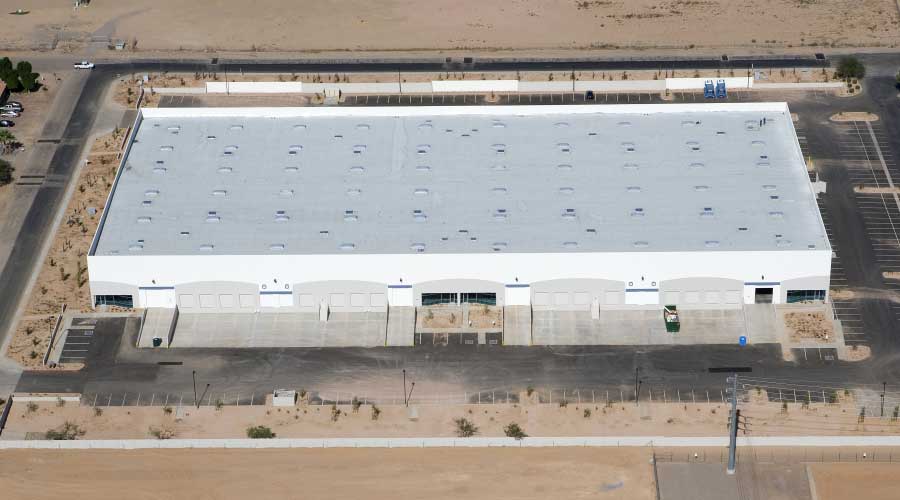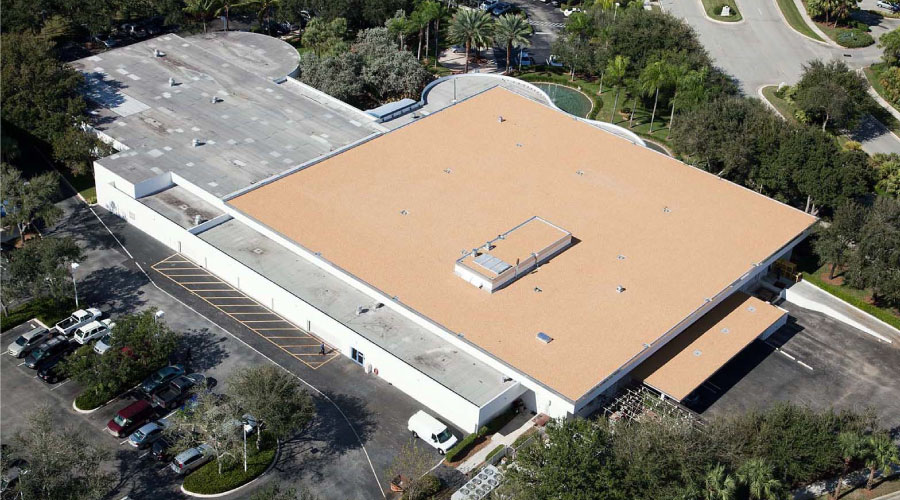Dry Conditions Best for Roof Coatings Application
Specifying the right roof coating is only the beginning of the process. When applying a coating, managers also must pay attention to weather conditions. Weather forecasts play a significant role in deciding when to apply roof coatings to maximize the results.
Manufacturers recommend that temperatures at the time of application be at least 40 degrees — one suggested as high as 50 degrees. They also recommend managers ensure the product has been stored in a dry, warm area, at least at room temperature.
Managers should schedule the application when no rain is forecast for 24-48 hours after the application has taken place, which will enable the proper time for curing. Also, if the roof's surface temperature is higher than the ambient temperature at the time of application, problems could arise.
"Things managers need to consider are ponding water, the curing times and the weather because you have to allow curing time for the base product that's being applied over the primer and between coats," says Jerry Hannah of Tamko. "Sometimes when applying coatings, people don't think about the cold weather. They look at the daily high for the temperature and not what the temperature (at the time of the coating) is or the temperature of the substrate at the time they're going to be putting it on. They should consider the low temperature the night before. There's also a maximum temperature. If it's too hot it may flash too fast."
Beyond the immediate weather conditions, managers also must consider the time of season in which the application is scheduled.
"The time of the year of the application is important when selecting a roof coating," Ripps says. "Water-based coatings need appropriate amounts of time to cure or dry without the product washing off. In the winter or fall months, the start time of water-based applications is reduced as the sun is out later and sets earlier than other times of the year. This can extend the project and may result in higher installation costs."
Windy conditions are primarily a concern only during the application process, when the wind can carry spray-coating particles into a parking lot or turf area below.
"You can't put the spray coating down in any weather, but the coating, once applied, will perform just as well in heat, rain, snow, hail, whatever it may be," Marzahl says. "Once it is applied and cured, there are no issues."
Related Topics:













